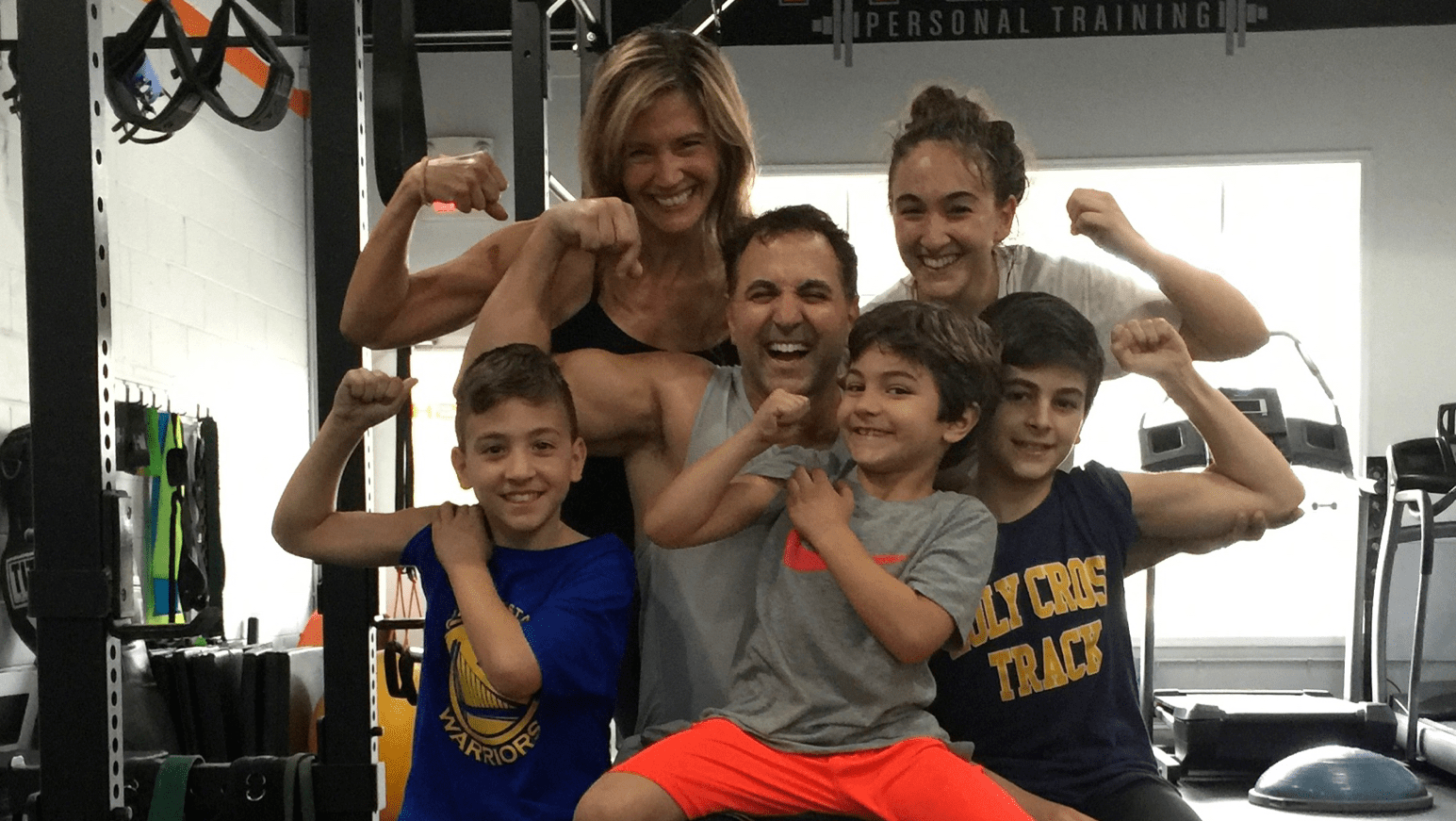
When most people decide they want to lose weight and “get healthier,” they buy new running shoes. They either get a membership at the local gym or buy their own treadmill and start running. And running. And running.
I know because I’ve treated their injuries.
To be clear, I’m not opposed to running for 20 minutes or less a couple times a week. But there’s a decades-long misconception that running and other forms of endurance training are the ticket to good health.
Unfortunately, people who dive into running without understanding how running affects their body often end up with musculoskeletal injuries and chronic health issues.
What You Probably Didn’t Know About Running
Without getting too deep in the science, prolonged aerobic exercise requires a significant amount of oxygen to produce energy, which can also increase the formation of free radicals in the body.
Free radicals are atoms with unpaired electrons. As free radicals seek out electrons to become a pair, they can damage cells, proteins, and DNA. This can affect the heart, increase the risk of degenerative disease, and speed up the aging process.
As you train harder for longer periods of time, you also increase production of cortisol, which burns muscle and can cause injuries and inflammation. You can actually lose muscle from long-distance running. Also, coronary artery plaque can be caused by running long distances for many years. In fact, some of the world’s most celebrated runners died of heart disease in their 50s.
HIIT and Weight Training
Short, intermittent exercise does not require oxygen to produce energy and does not cause the body to produce nearly as much cortisol as endurance training. These are two of many reasons why I’m a big proponent of high-intensity interval training (HIIT).
HIIT, also called burst training, involves shorter bursts of intense activity with rest periods in between each burst. HIIT burns fat more efficiently and doesn’t constantly pound the joints like running. You can actually burn the same amount of calories in four to eight minutes of HIIT compared to 20 to 60 minutes of cardio.
When it comes to weight training and building muscle, many people are afraid of turning into bodybuilders. That’s just not going to happen.
Big, bulging muscles are the result of years of intense training and proper dietary protocols. Lifting weights and using resistance bands a few days a week help you build muscle mass but they will not make you look like a competitive bodybuilder.
As you build muscle mass, you become more resilient to injury, degeneration, and chronic pain. With the right training and technique, you become more balanced and flexible, and you protect your joints instead of breaking them down. Most importantly, you’ll be far more likely to continue the physical activities you enjoy as you age.
Feel better. Function better. Live longer. Sound familiar?
In reality, nobody should start any exercise program without a thorough evaluation to determine what your body can handle and what types of exercise makes the most sense for you. Just don’t make the mistake of thinking all your problems can be solved on a treadmill.
As a Certified Chiropractic Sports Physician (CCSP) and a Certified Strength and Conditioning Specialist, I have the education and expertise to help people ranging from high-performance athletes to individuals struggling with obesity and chronic pain. If you’d like to learn more about how to achieve your health goals with the right kind of training, please contact Natural Healthcare Center to schedule a complimentary consultation.